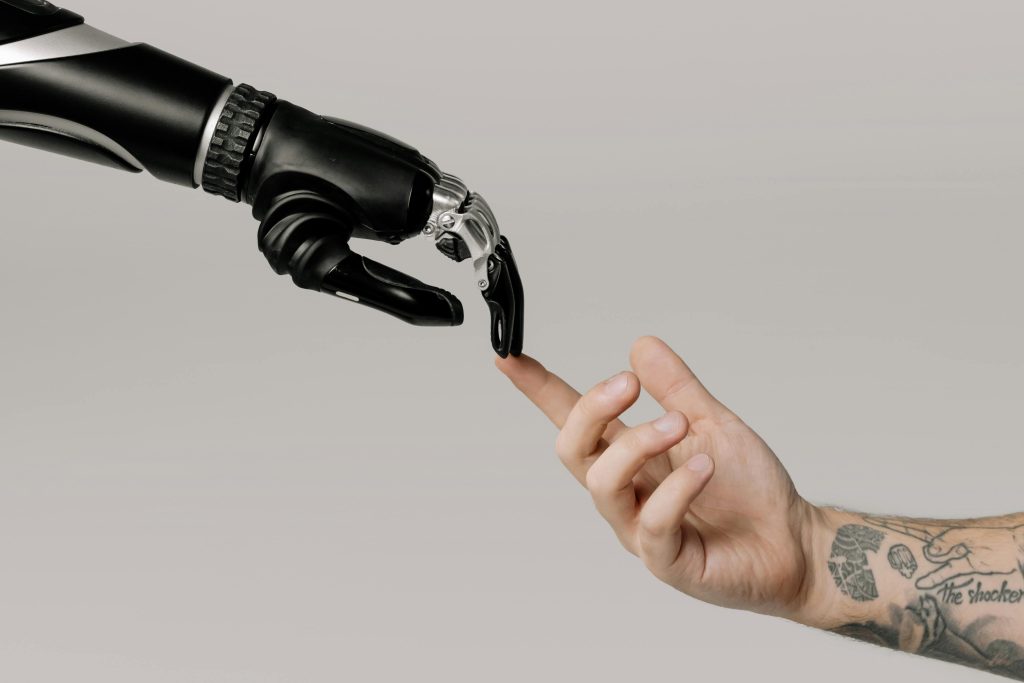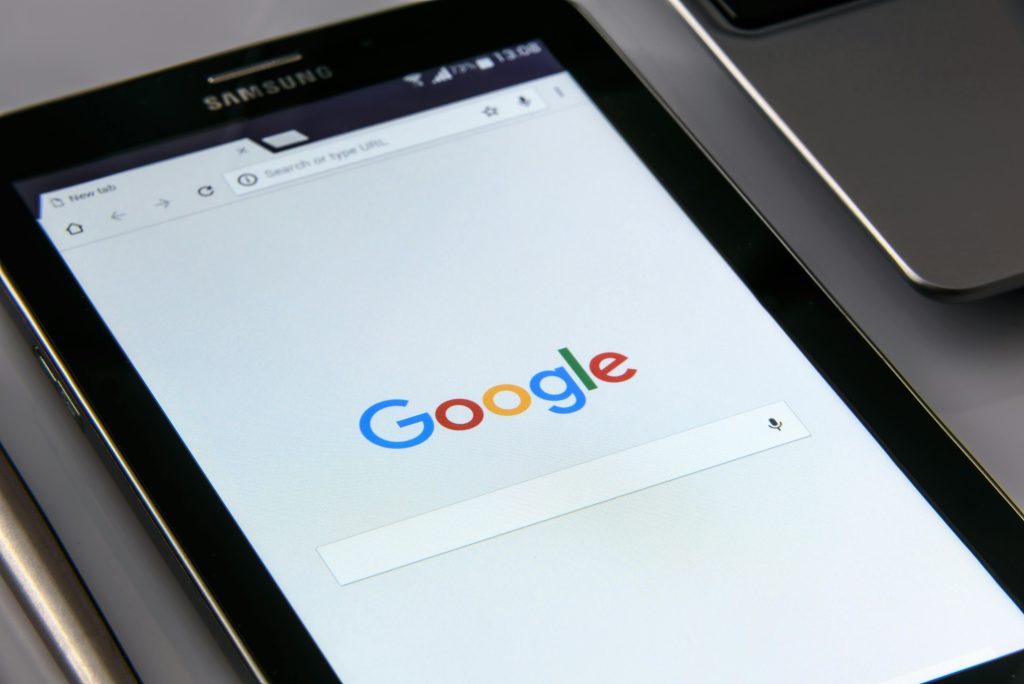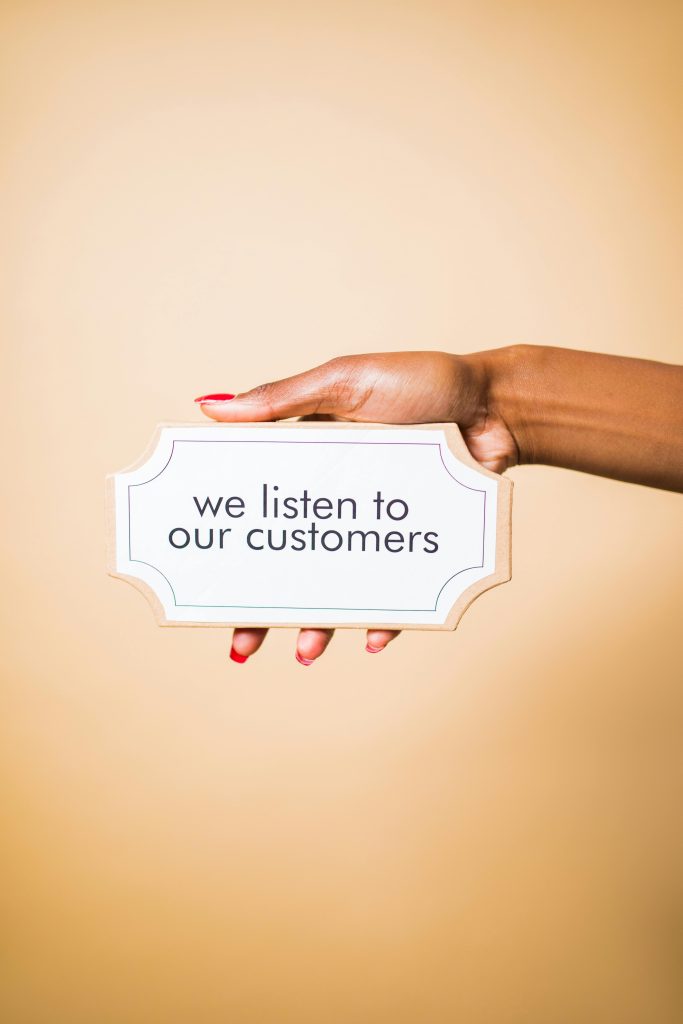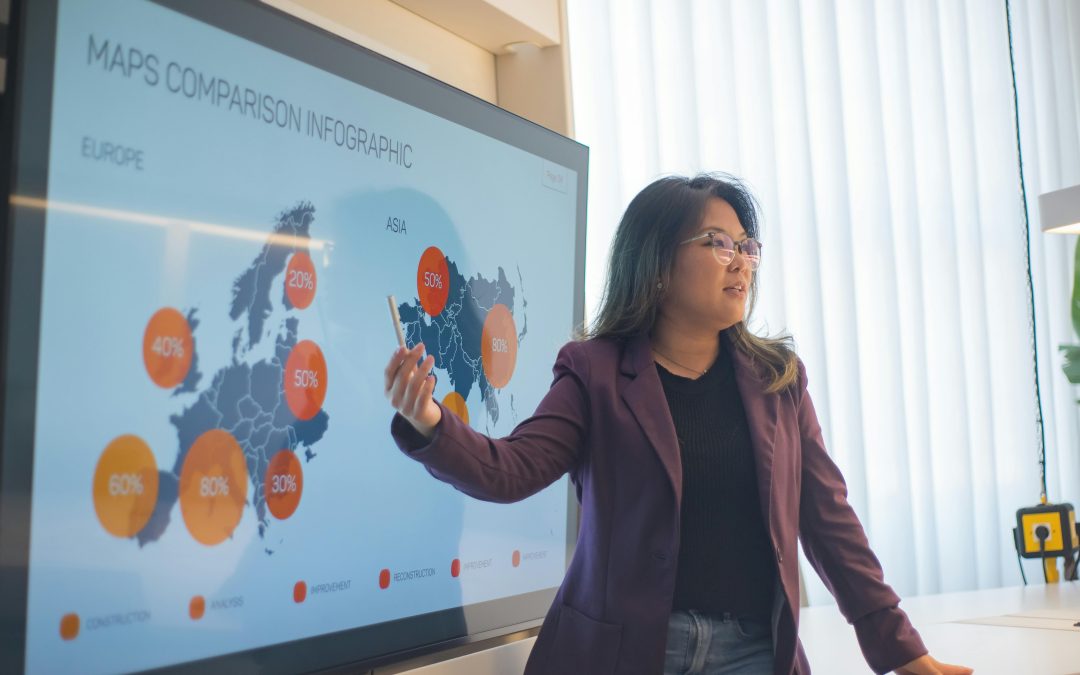As the digital landscape continues to evolve at a rapid pace, staying ahead of the curve is no longer optional. For corporates, SMEs, and startups alike, understanding where digital marketing is heading can help you adapt faster, invest smarter, and outperform your competitors.
At Praize Worx, we believe in equipping businesses with the insights they need to thrive. So, we have rounded up 20 digital marketing trends that are set to shape 2025. Whether you are planning your next campaign or redefining your entire marketing strategy, these trends offer a roadmap for staying relevant and results-driven in a dynamic marketplace.
1. AI-Powered Content Creation

Artificial Intelligence (AI) is transforming the way content is created. In 2025, AI-powered content creation tools like ChatGPT and Jasper will continue to assist marketers by generating everything from blog posts and social media captions to ad scripts and email newsletters.
These tools can produce high-quality content at scale, saving time and allowing marketing teams to focus on strategy, creativity, and engagement. They also offer features like tone adjustment and language localisation, helping brands maintain a consistent voice across markets.
However, AI content creation is not about replacing human writers. Instead, it is about augmenting human creativity with data-driven insights. Marketers should still oversee content quality, fact-check information, and add personal touches that AI cannot replicate.
2. Hyper-Personalisation at Scale
Consumers today expect content that speaks directly to their preferences and behaviours. Hyper-personalisation uses AI and data analytics to deliver customised messages, offers, and product recommendations.
Platforms like Dynamic Yield and Optimizely enable brands to analyse browsing history, purchase patterns, and demographic data to create tailored experiences across websites, emails, and ads.
For example, an online retailer can show different home page banners based on whether a visitor has previously browsed running shoes or hiking gear. This level of personalisation boosts engagement, conversion rates, and customer loyalty.
To succeed, businesses need to collect first-party data ethically, respect privacy regulations, and use personalisation judiciously to avoid feeling intrusive.
3. Voice Search Optimisation

Voice assistants such as Alexa, Google Assistant, and Siri are becoming household staples. Voice search is growing rapidly, with many users preferring to speak queries rather than type them.
To optimise for voice search, marketers should focus on natural, conversational keywords and long-tail phrases that mimic how people talk. Tools like Answer the Public help discover popular voice queries.
Additionally, voice search queries tend to be questions, so including FAQ sections on websites, using structured data markup, and crafting clear, concise answers will improve chances of appearing in voice search results.
Brands that optimise for voice search can reach busy consumers who want quick answers while multitasking or on the go, creating a valuable touchpoint in the customer journey.
4. Conversational Marketing
Modern customers expect brands to be accessible and responsive. Conversational marketing uses live chat, chatbots, and messaging apps to engage users in real time, offering personalised support and guiding purchase decisions.
Tools like Drift and Tidio enable businesses to implement conversational marketing easily. These platforms can qualify leads, answer common questions, book appointments, or even complete transactions within the chat interface.
Conversational marketing helps reduce friction in the sales funnel, increases customer satisfaction, and builds trust by providing instant assistance. It also collects valuable data that can improve future marketing efforts.
To maximise effectiveness, businesses should blend chatbot automation with human oversight to handle complex queries or escalate issues promptly.
5. Video Remains King
Video content continues to dominate online engagement. Short-form video formats, especially on platforms like TikTok, Instagram Reels, and YouTube Shorts, capture attention quickly and drive shares.
Tools like CapCut and InVideo make video creation accessible to marketers of all skill levels by offering easy editing, templates, and effects.
Beyond short clips, live streaming and longer educational videos are gaining traction as brands establish themselves as thought leaders. Webinars, tutorials, and behind-the-scenes content foster deeper connections and can drive leads.
Video also plays a crucial role in social commerce, product demos, and customer testimonials, making it a versatile tool in 2025’s marketing toolbox.
6. Zero-Click Searches
Zero-click searches occur when users find answers directly on search engine results pages (SERPs) without clicking through to a website. Featured snippets, knowledge panels, and Google Business profiles contribute to this trend.
Optimising content for zero-click searches means structuring information clearly, using bullet points, tables, and FAQs to increase the chance of being featured.
Tools like SEMrush and Ahrefs provide insights on zero-click keyword opportunities.
While zero-click results can reduce website traffic, appearing prominently still drives brand awareness and trust, so optimisation remains vital.
7. Sustainability and Ethical Marketing

Consumers are increasingly conscious of environmental and social issues, favouring brands that demonstrate authentic commitments to sustainability and ethics.
Companies like Patagonia and The Body Shop set examples by transparently sharing their sourcing practices, reducing waste, and supporting community causes.
In 2025, brands will need to integrate sustainability into their storytelling, marketing materials, and product offerings. This involves honest communication, avoiding greenwashing, and engaging customers in meaningful ways.
Ethical marketing not only builds goodwill but can differentiate brands in crowded markets.
8. AR and VR Experiences
Augmented Reality (AR) and Virtual Reality (VR) are moving beyond gaming and entering mainstream marketing.
Brands can create virtual store tours, AR try-ons for fashion or beauty products, and immersive experiences that engage users on a deeper level.
Tools such as Spark AR allow marketers to develop custom AR effects on social media, while platforms like Unreal Engine provide powerful VR development capabilities.
These technologies help customers visualise products before purchase, reduce returns, and increase brand memorability.
9. Influencer Marketing Matures

Influencer marketing is shifting from big celebrity endorsements to partnerships with micro and nano influencers who boast smaller but highly engaged audiences.
Platforms like Upfluence and Heepsy assist brands in discovering influencers whose values align closely with their own.
Long-term collaborations that focus on authenticity and storytelling resonate better with audiences and offer higher return on investment than one-off sponsored posts. In 2025, influencer marketing will be about building communities, not just broadcasting messages.
10. Search Becomes Visual
Visual search technologies such as Google Lens and Pinterest Lens are changing how users find products online.
Shoppers can use images to search for similar items, making optimising product photos with detailed alt text and rich metadata essential. Brands should explore visual search optimisation as a complement to traditional SEO to capture users at the moment of inspiration.
11. First-Party Data Takes the Lead
With the phasing out of third-party cookies, first-party data becomes the backbone of targeted marketing. Brands collecting data directly from their customers through websites, apps, and CRM systems gain a competitive edge.
Tools like HubSpot and Klaviyo enable effective data collection, segmentation, and personalisation while respecting privacy regulations. Prioritising first-party data helps build trust and delivers more relevant marketing messages.
12. Social Commerce Grows
Social media platforms are evolving into full-fledged shopping destinations.
Features such as Instagram Shops, TikTok Shop, Facebook Marketplace, and WhatsApp Business enable users to discover and purchase products without leaving the app.
This reduces friction in the buying process and shortens the customer journey, increasing conversions.
Brands investing in social commerce tools can capture impulse purchases and tap into younger, mobile-first audiences.
13. Interactive Content
Interactive content such as quizzes, polls, calculators, and live Q&As is gaining popularity as it increases engagement and provides valuable customer insights.
Tools like Outgrow and Typeform make it easy to create and embed interactive elements into websites and social channels. Such content not only entertains but helps brands understand preferences and segment audiences better for future campaigns.
14. Multi-Channel Campaigns
Consumers interact with brands across multiple platforms and devices before making a purchase.
Successful marketers will orchestrate multi-channel campaigns that deliver consistent messaging and seamless experiences across social media, email, websites, search, and messaging apps.
Platforms like Mailchimp and ActiveCampaign provide tools to manage and automate cross-channel campaigns effectively. Multi-channel marketing improves brand recall, nurtures leads, and drives conversions by meeting customers where they are.
15. Email Marketing Gets Smarter
Email marketing is far from dead. In fact, it is evolving with advanced segmentation, automation, and AI-generated content to increase relevance and ROI.
Platforms such as Brevo (formerly Sendinblue) and ConvertKit allow marketers to create personalised, automated workflows that respond to user behaviour. Smart emails deliver the right message at the right time, nurturing leads and increasing customer lifetime value.
16. Mobile-First Everything
With over half of global web traffic coming from mobile devices, designing mobile-first websites and ads is essential.
Website builders like Webflow and Wix help create responsive, fast-loading sites that perform well on mobile. Ad formats are also shifting towards mobile-friendly designs that capture attention on smaller screens. Brands that prioritise mobile deliver better user experiences and improve search rankings.
17. AI-Powered Ad Targeting
Advertising platforms such as Meta Ads Manager and Google Ads are investing heavily in machine learning.
These tools analyse vast amounts of data to optimise targeting, bidding, and creative delivery in real time.
Marketers benefit from improved ad relevance, lower costs, and higher conversion rates.
In 2025, leveraging AI in paid campaigns will be standard practice for brands serious about performance.
18. User-Generated Content (UGC)
Content created by customers, such as reviews, photos, and videos, is more trusted than brand-produced material.
Tools like Loox and Taggbox help brands collect, curate, and display UGC across marketing channels.
Showcasing real customer experiences builds authenticity, strengthens communities, and boosts engagement.
Encouraging UGC also reduces content creation costs while expanding brand reach.
19. Data Visualisation and Storytelling
Raw data can be overwhelming and meaningless without proper context.
Tools such as Google Looker Studio and Tableau enable marketers to create interactive dashboards, infographics, and video summaries.
Visual storytelling helps communicate insights clearly to stakeholders and supports data-driven decision-making. Brands that master this skill gain a competitive advantage by translating numbers into narratives.
20. Brand Communities Matter
Customers today seek connection and belonging. Brands that build online communities around shared values and interests will enjoy stronger loyalty.
Platforms like Discord and Facebook Groups provide spaces where customers can engage with each other and the brand itself. These communities facilitate peer support, encourage feedback, and create organic brand ambassadors.
By nurturing brand communities, companies can deepen customer relationships, increase lifetime value, and generate valuable insights for product development and marketing strategies.
Ready for the Future?
Digital marketing in 2025 will not be about simply following trends, but about understanding your audience, leveraging technology wisely, and telling stories that truly resonate.
Whether you are a startup trying to get noticed, an SME aiming to grow, or a corporate redefining its digital presence, the opportunities are vast and exciting.
At Praize Worx, we help businesses like yours stay ahead of the curve with strategic, creative, and performance-driven digital marketing.
Ready to future-proof your brand? Contact us today to discuss your 2025 digital strategy and see how we can help you harness these trends to grow your business.

